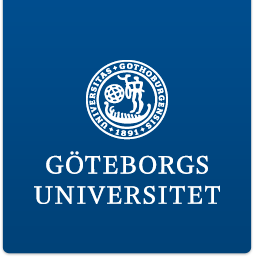The Future of Non-Emergency Patient Transport is Autonomy
“The Future of Non-Emergency Patient Transport is Autonomy” is about making the future of healthcare transportation better and safer. Putting the patient first. The solution today has downsides, which may result in severe complications for the patient.
The target group is both young and elderly people in need of non-emergency supine transport.
I want to inspire healthcare providers, that by using AI and autonomy we could provide better solutions. I want the patient to feel safe and secure in a future when there is no driver and receive the care every human is entitled.
Autonomy provides the following:
Being on time (Crucial for treatment, and recovery)
- Self-driving vehicles will be significantly more efficient, thereby time and lives are saved.
Correct location (Crucial for the patient, the hospital and timing)
- Using Realtime data, Geofencing and GPS the vehicle will drop the patient off in the right place.
A helping hand (Crucial for human-human interaction)
- The nurse/operator gets to care for the patient during the entire trip. When the need for a driver no longer exist, the human-human connection is enhanced.
Safety and trust (Crucial for accepting autonomy)
- 94 percent of road accidents are caused by human error. When autonomy reaches high levels of safety, which it already does, it will reduce accidents substantially.
In my Concept, automation does not remove the nurse/operator, but instead shifts the tasks to what I consider important. To the nurse, not driving means caring. The nurse can now focus on the patient during the entire transport. A sick and fragile person should not have been left alone, to feel unsafe in the back of a van when the nurse is driving.
9311erol@gmail.com











